Craig Vallis
Co-Founder at DigitalRFQ
 United Kingdom
United Kingdom
The project discovery phase is the most reliable way to validate your concept, get answers to essential questions and formulate requirements for your final product launch.
In addition, this phase helps you define how much time and money you need to reach your business goals and attract investors’ attention.

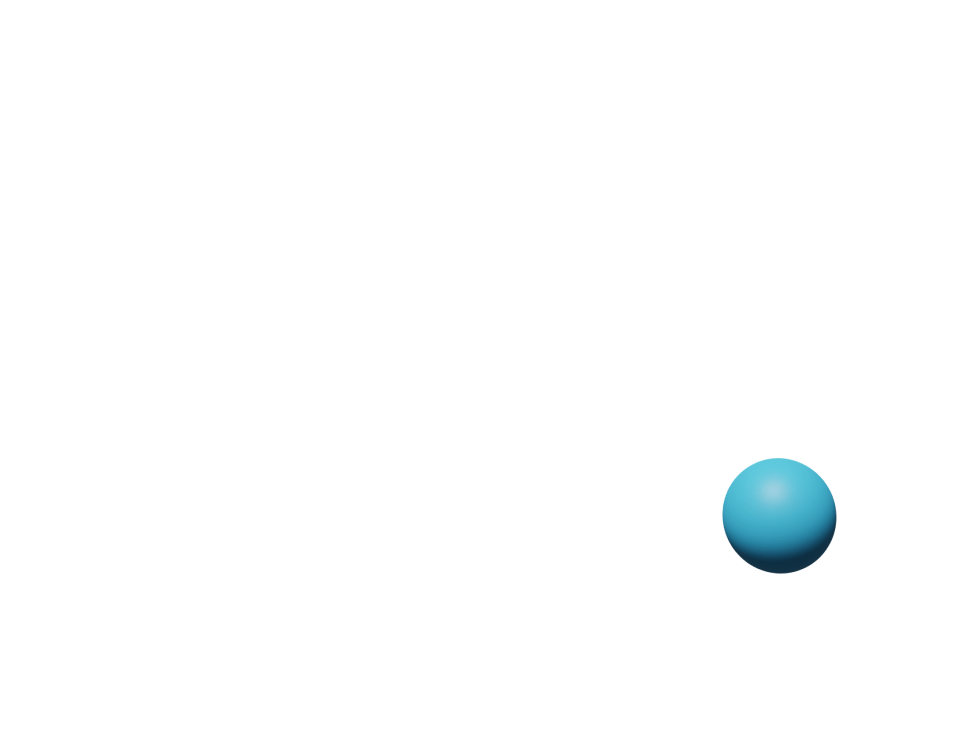
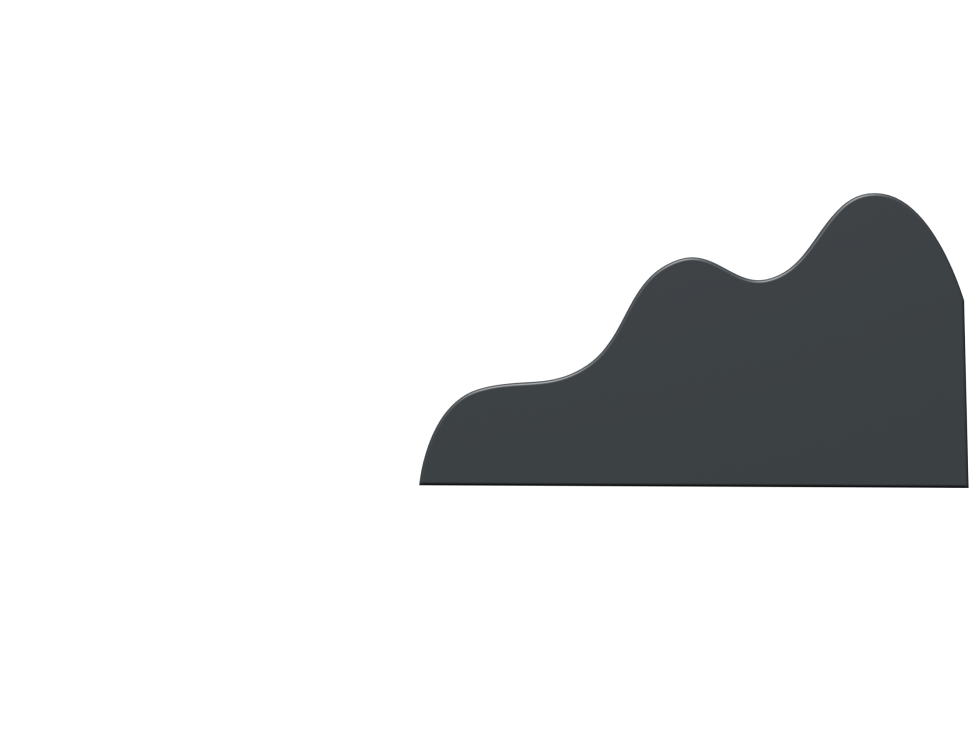
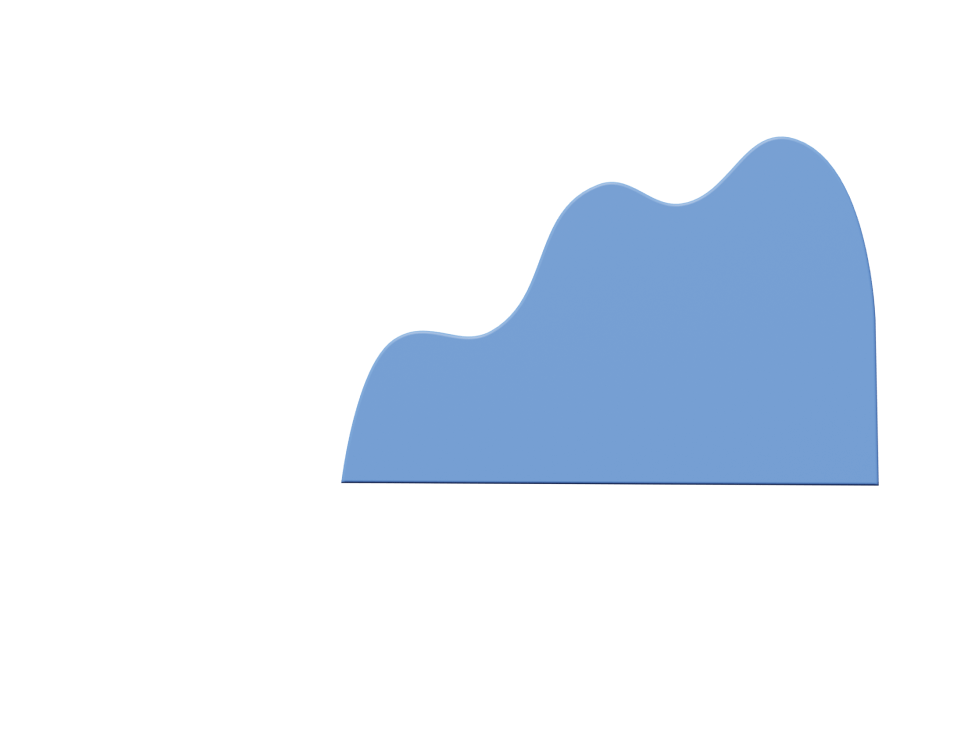

Identify team composition

Create a user-oriented experience

Define project scope and business goals

Build risk management strategy

Analyze competition

Identify bottlenecks

Formulate precise product requirements

Estimate projects budget and development timeline
Is in charge of effective communication between the client and the team. Guides the client through the Discovery Phase and makes sure nothing is missed and all details are taken into account.
Provides technological research and prototyping, defines the most suitable architecture for the solution, decides on the technology stack and prepares Architecture Documentation.
Is responsible for technical solutions. Works with Architecture Documentation, helps to clarify tech requirements, plans the development process, and makes time estimates.
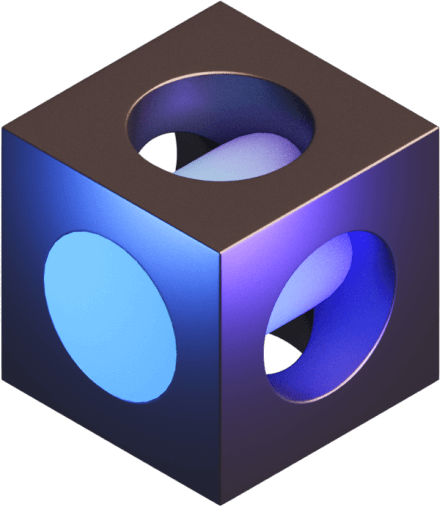
Identifies and clarifies project requirements, makes detailed market research, evaluates the business potential of a customer's idea and turns it into a concept.
Performs user research and competition analysis, creates wireframes and prototypes to bring the product vision to life. Makes sure that the future application will be user centred and easy-to-use.
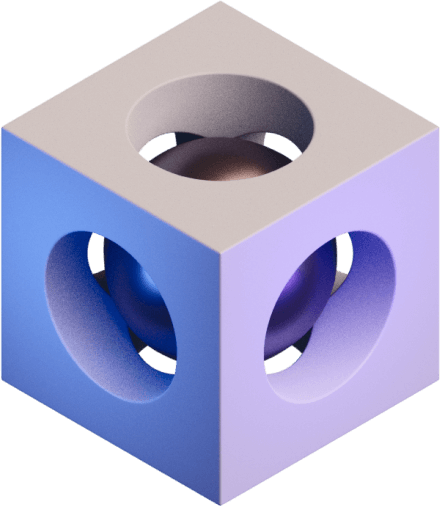

Describes the overarching long-term mission of your product. The product vision statement should answer the question of why you are creating a product and what your company expects to achieve with it in the future.

This document (or set of documentation) explains how technical challenges will be solved. In addition, SRS contains a suggested technology stack and architecture outline, recommended features, suitable third-party solutions, security tips, etc.

A simple representation of the future interface and its core features. The main goal is to build a visually appealing and easy-to-use solution. UX/UI concept might consist of 2 parts: Wireframes and Clickable Prototype.

At the end of Discovery Phase, the client receives a fully-fledged concept of the future application and its workflows, time and budget estimates, suggested team composition, Project Roadmap and Backlog.
 Microsoft Azure
Microsoft Azure
 Amazon Web Services
Amazon Web Services
 C-Sharp
C-Sharp
 Java
Java
 Android
Android
 IOS
IOS
 Angular
Angular
 React
React
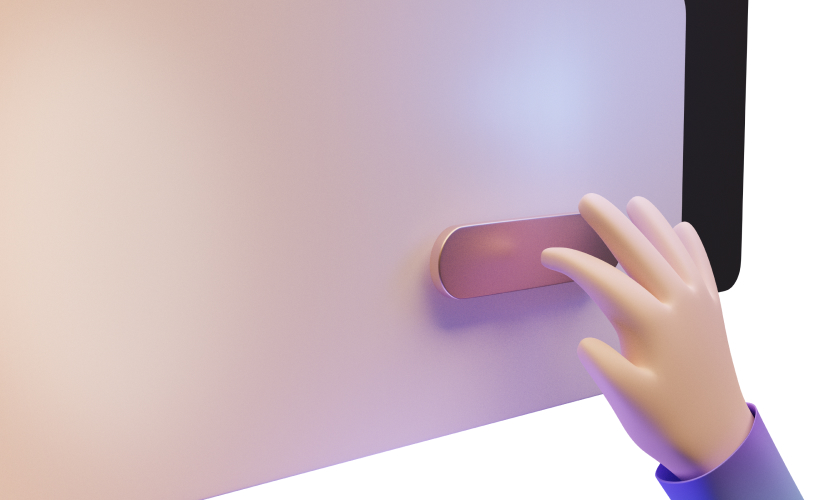
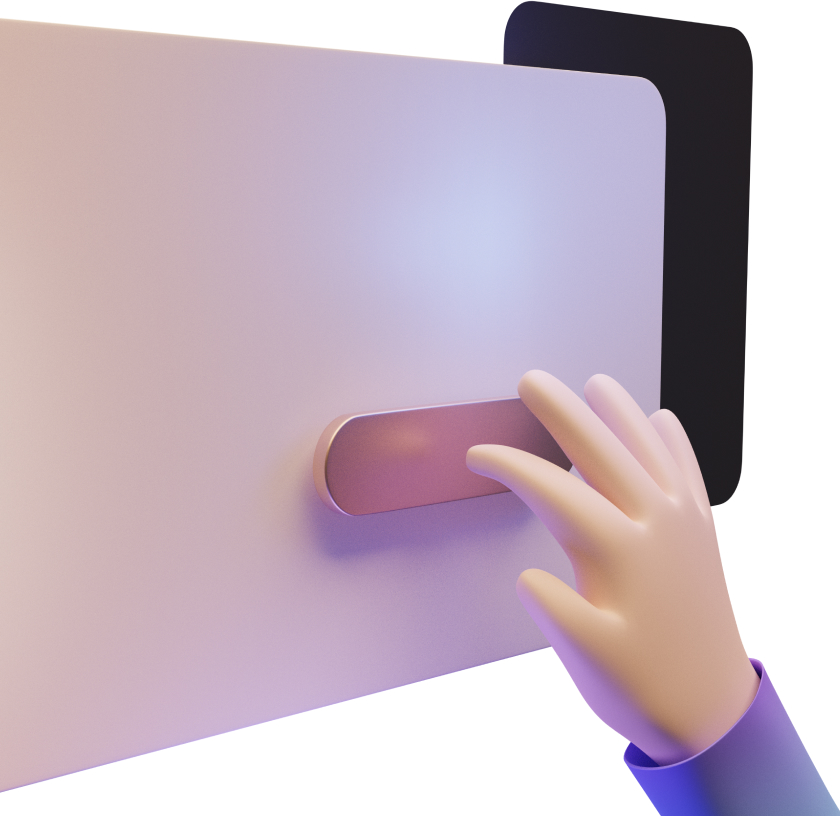
A quarter-century of getting things done right.
25 years of rolling up our sleeves and solving real-world problems.
A heartfelt thank you to our team, clients, and partners for being part of this story!
The journey continues!